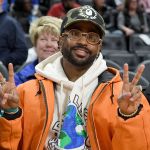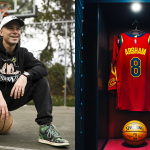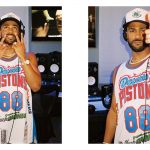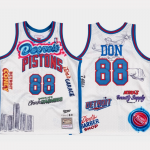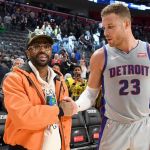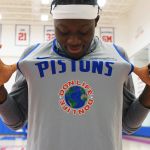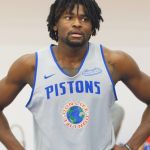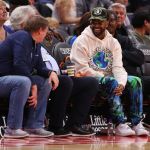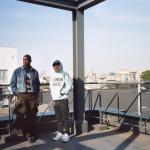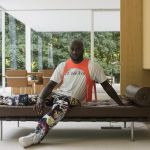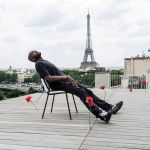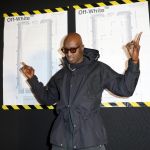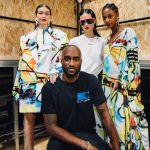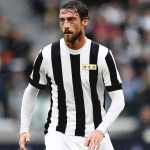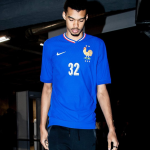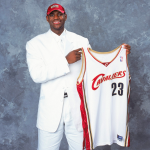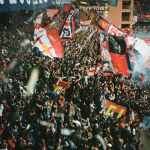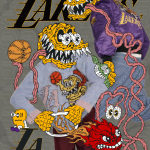
Who will be the Creative Directors in the sport of the future?
Big Sean and Daniel Arsham mark a new trend that unites multiple sectors
December 28th, 2020
The official news of Big Sean's entry into the management of the Detroit Pistons caused a stir. The rapper who recorded Feels with Pharrell Williams and Calvin Harris and collaborated with the greats of the American rap music scene will be the new Creative Director of the franchise, with powers similar to those that the Cleveland Cavaliers gave to Daniel Arsham - American creative and designer who will combine art and sport - less than a month ago. Big Sean was born in Santa Monica, CA, but raised in Detroit. The Pistons are the team he has been rooting for since he was a child and the commitment he will put into this new role will be important. Big Sean, as well as Arsham, will lead the strategies in the areas of merchandising design, off-the-court activities and game experience.
The figure of the Creative Director is more visible in a sporting scenario such as the American one, while it is much more difficult to trace it in a football management. Often this role is incorporated by other figures and little emphasis is given to a guide that manages to be the junction point between the creative part and the more operative part. Even when you are in a position to be able to understand who is entrusted with the creative direction of a club or franchise, the background is unlikely to differ from the sports field. This is why Big Sean and Daniel Arsham are two personalities who are changing this rigid structure of the sport business.
Design, art, fashion and music are all sectors that are crossing the world of sport and especially that of the NBA. Those of the Cavs and Pistons are basically two franchises in the rebuilding phase, that is both that part of the technical process that serves to prepare the team for better and more competitive times. Translated into practical terms: it doesn't matter if you win or lose in the present, the important thing is to build a solid foundation to plan for the future. A future that necessarily passes through the perception that the insiders and the players themselves have of the team, the front office, the management. In more stylistic terms it could be defined as brand awareness, also because all sports clubs - especially those included in the American sports system - are considered brands in all respects.
The decision to entrust the creative direction to characters apparently distant from sport in the strict sense is the reflection of a trend that is becoming increasingly popular in professional sport. Entrusting the reconstruction of the franchise's image to personalities specialized in other sectors says a lot about the now mature phase of cross-sectoriality that the sports industry is experiencing. In some ways, this trend started with the first positive results of Roc Nation, an all-around media agency that spans the most diverse fields, bringing profits and growing reputation on specific targets. Just look at how in the last year AC Milan has grown in a digital key and how it has gone from an adult-elderly audience to a decidedly younger one.
Being "open mind" in any scenario is an advantage, but in sport it is a winning and effective weapon. Therefore, there is no single key to interpreting the choice to draw from sectors other than sports. There are many plausible hypotheses, as well as winning examples in the fashion sector. One could be the extraneousness of certain dynamics, a fundamental element for thinking out-of-the-box and developing "open mind" thinking - just consider that the Creative Director of Louis Vuitton, Virgil Abloh, is not a stylist in the sense tight but an architect. But plausible explanations range from mere marketing operations to the context in which these figures are inserted. Being in the rebuilding phase also allows greater freedom of choice; choices that can be radical, unlike when you need to achieve shorter-term goals.
To speak the language of a community one must rely on those who know the community well, from the inside. If you want to transform a franchise into a brand, you need to know tastes, habits and attitudes. For this reason Detroit has entrusted a son from Detroit and Cleveland has entrusted to a son from Cleveland - the third in order of importance, after LeBron James and Steph Curry. Almost paradoxically - considering that the NBA is the most global professional league that exists - local culture is increasingly predominant on the American market and being aware of the type of culture and the type of audience to be intercepted can make all the difference in the world.
At the moment the experiment of the "creative directors of the future" belongs almost exclusively to the NBA world. In football, the need to manage a company as a company began to develop about 10-15 years ago, but still few manage to perceive a football team as a brand in all respects. PSG, Manchester City, Juventus are the teams most ready to embrace this new philosophy and, who knows, in the future also the Bianconeri could have a sui generis Creative Director who could revolutionize the club's strategies even more.







